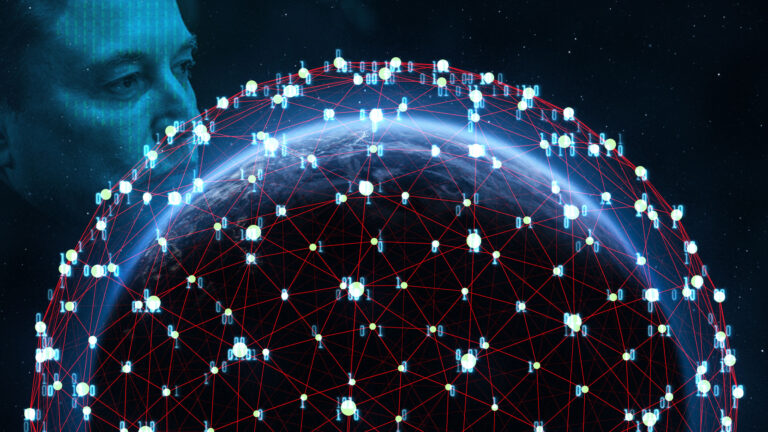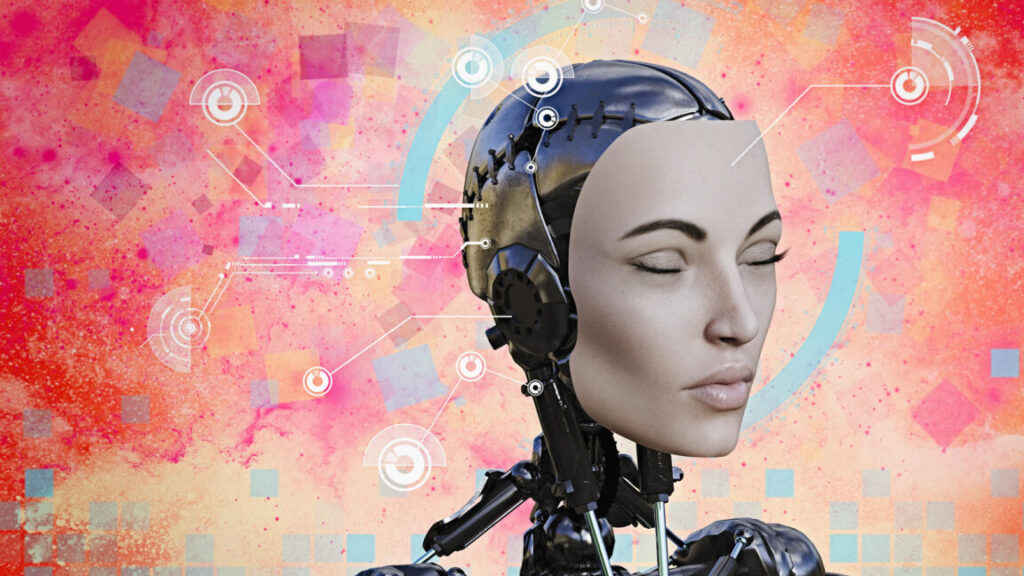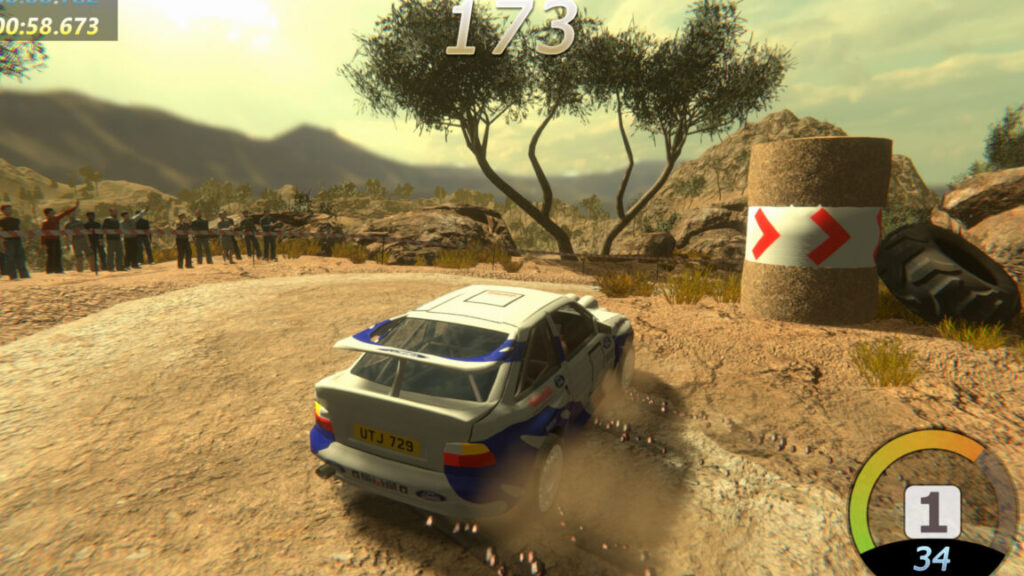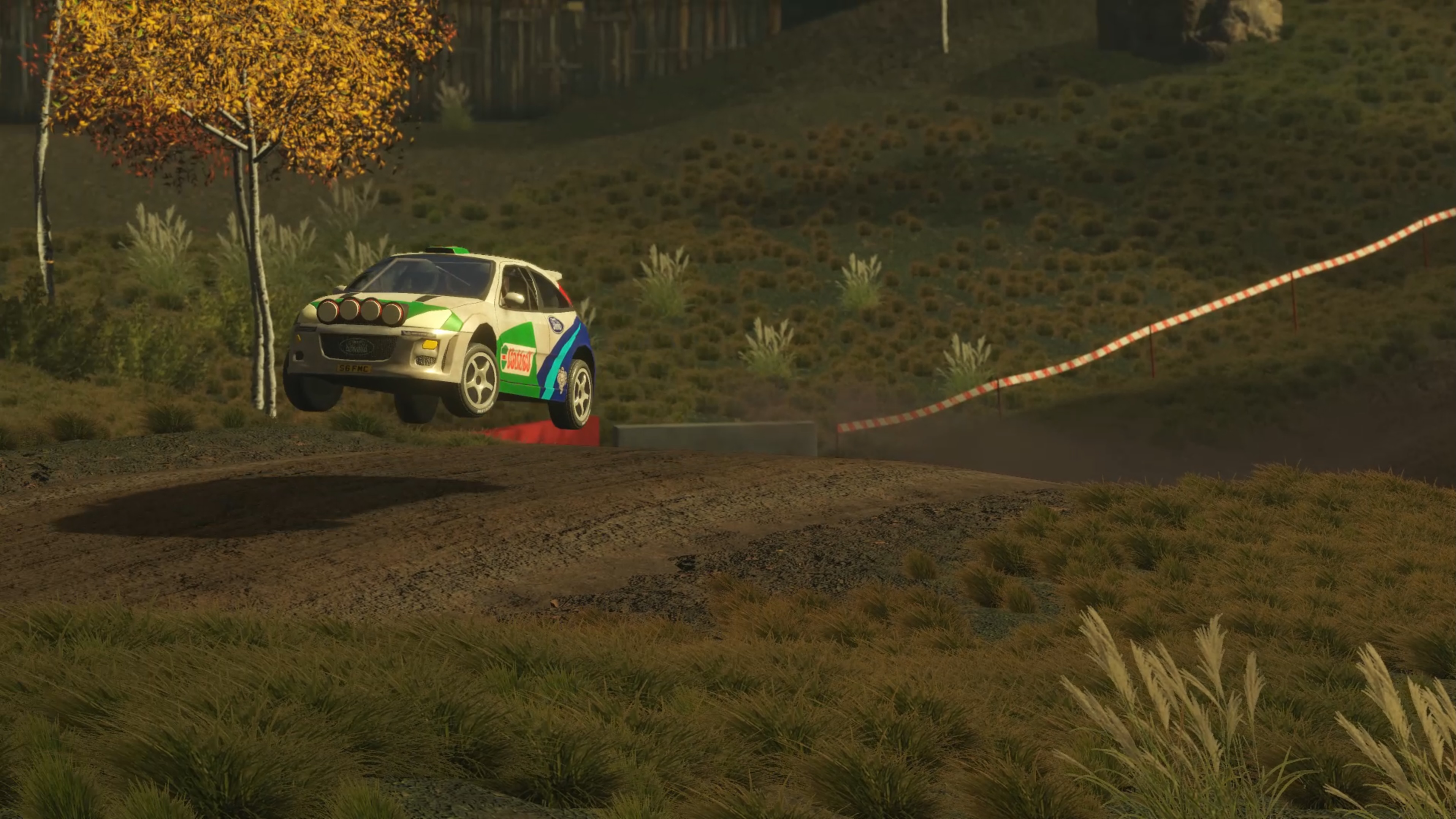4chan fined $26K for refusing to assess risks under UK Online Safety Act
The risk assessments also seem to unconstitutionally compel speech, they argued, forcing them to share information and “potentially incriminate themselves on demand.” That conflicts with 4chan and Kiwi Farms’ Fourth Amendment rights, as well as “the right against self-incrimination and the due process clause of the Fifth Amendment of the US Constitution,” the suit says.
Additionally, “the First Amendment protects Plaintiffs’ right to permit anonymous use of their platforms,” 4chan and Kiwi Farms argued, opposing Ofcom’s requirements to verify ages of users. (This may be their weakest argument as the US increasingly moves to embrace age gates.)
4chan is hoping a US district court will intervene and ban enforcement of the OSA, arguing that the US must act now to protect all US companies. Failing to act now could be a slippery slope, as the UK is supposedly targeting “the most well-known, but small and, financially speaking, defenseless platforms” in the US before mounting attacks to censor “larger American companies,” 4chan and Kiwi Farms argued.
Ofcom has until November 25 to respond to the lawsuit and has maintained that the OSA is not a censorship law.
On Monday, Britain’s technology secretary, Liz Kendall, called OSA a “lifeline” meant to protect people across the UK “from the darkest corners of the Internet,” the Record reported.
“Services can no longer ignore illegal content, like encouraging self-harm or suicide, circulating online which can devastate young lives and leaves families shattered,” Kendall said. “This fine is a clear warning to those who fail to remove illegal content or protect children from harmful material.”
Whether 4chan and Kiwi Farms can win their fight to create a carveout in the OSA for American companies remains unclear, but the Federal Trade Commission agrees that the UK law is an overreach. In August, FTC Chair Andrew Ferguson warned US tech companies against complying with the OSA, claiming that censoring Americans to comply with UK law is a violation of the FTC Act, the Record reported.
“American consumers do not reasonably expect to be censored to appease a foreign power and may be deceived by such actions,” Ferguson told tech executives in a letter.
Another lawyer backing 4chan, Preston Byrne, seemed to echo Ferguson, telling the BBC, “American citizens do not surrender our constitutional rights just because Ofcom sends us an e-mail.”
4chan fined $26K for refusing to assess risks under UK Online Safety Act Read More »

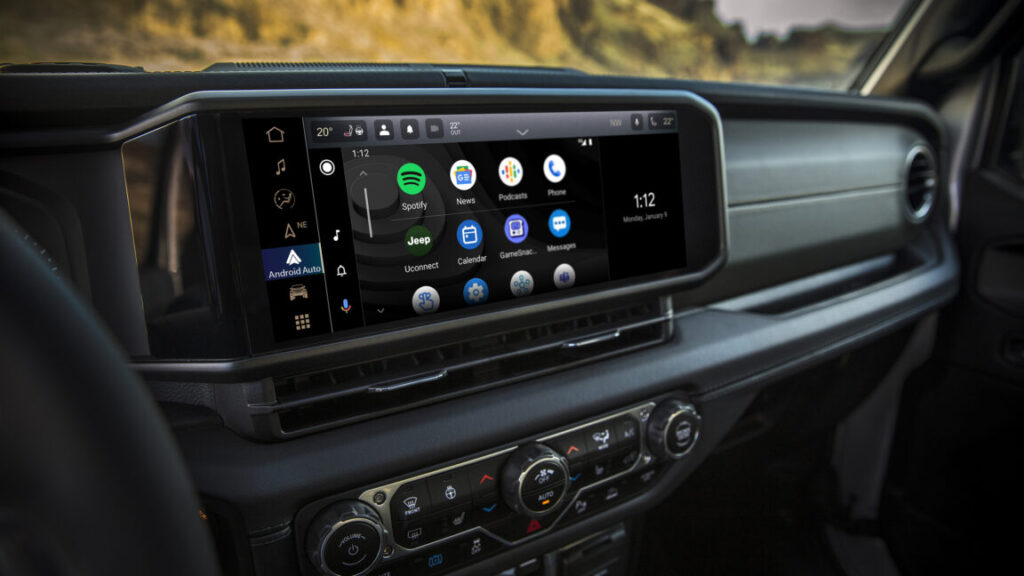




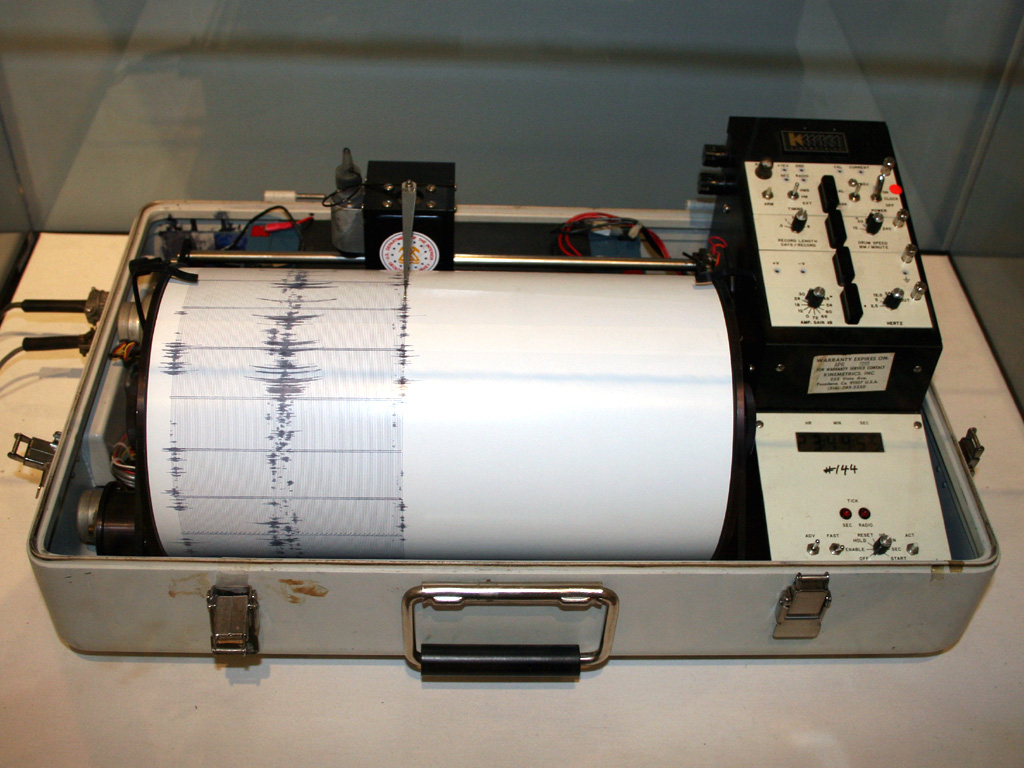

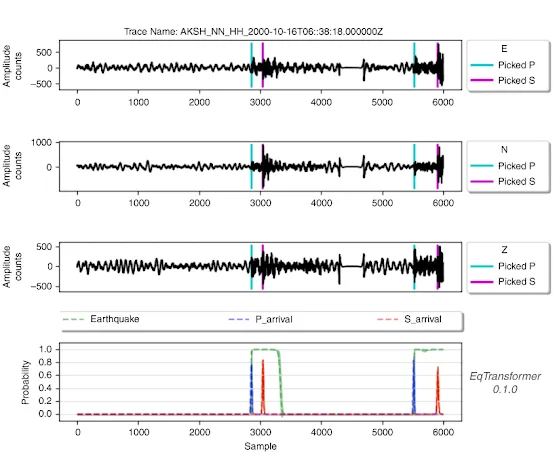
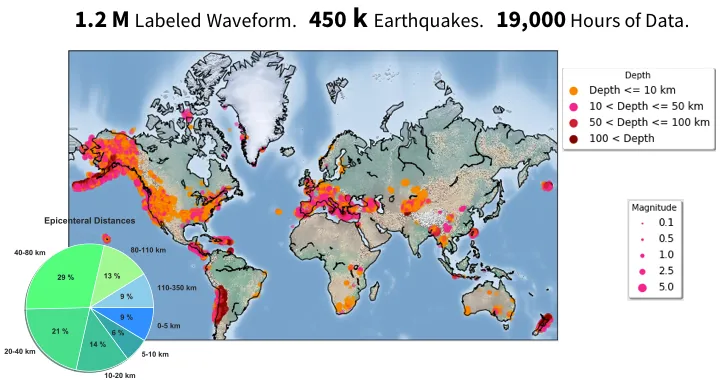





 Loading comments…
Loading comments… 